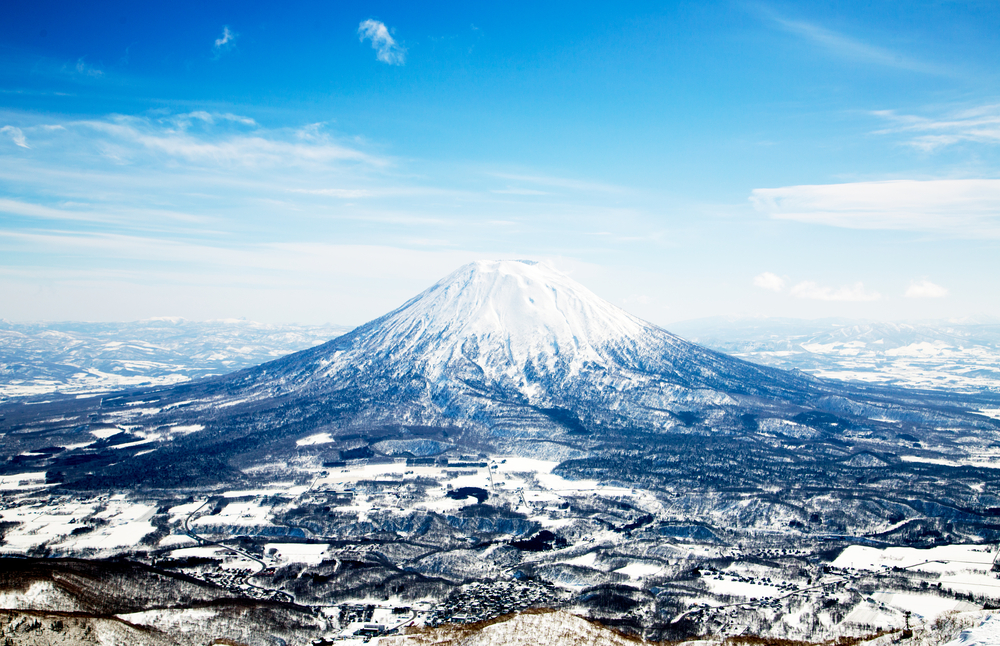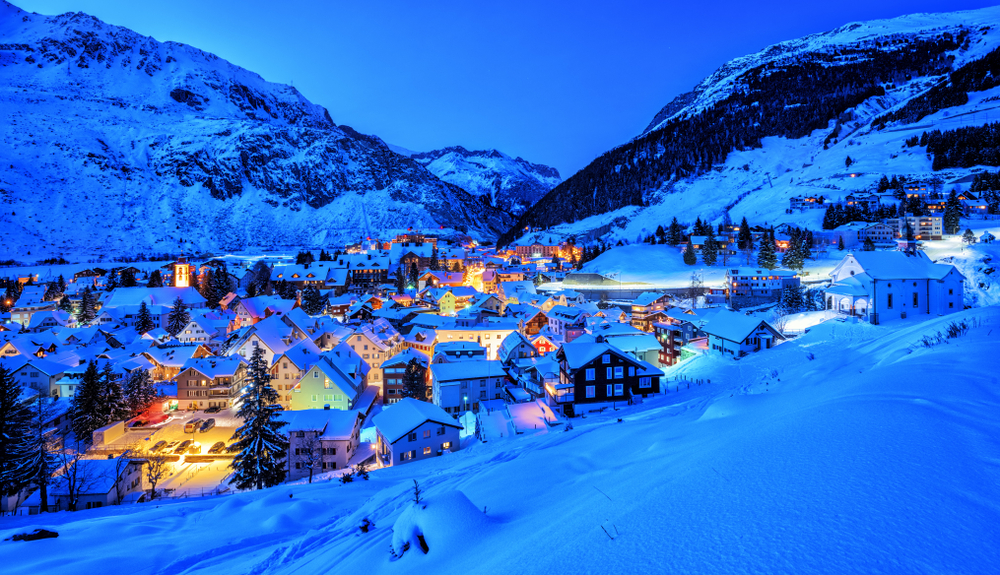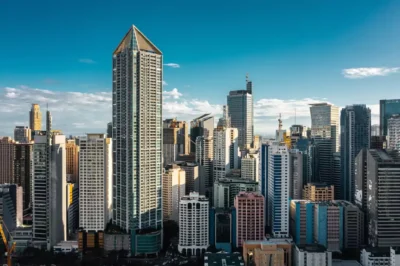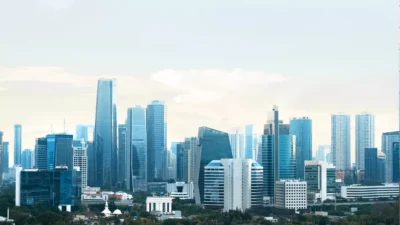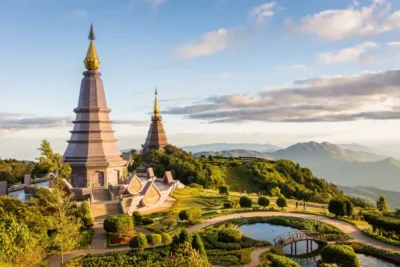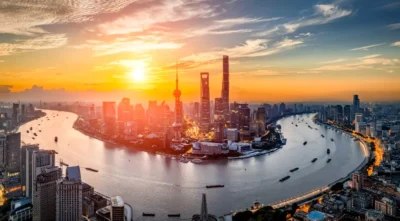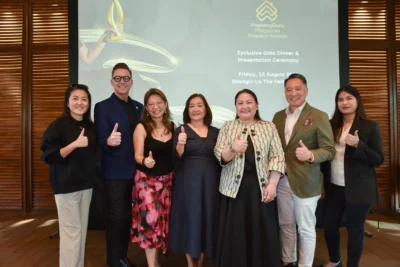Niseko, Japan’s legendary ski enclave, rides high on a wave of interest from investors
With people seeking safe ways of re-engaging with the outside world, the pandemic has steered investment in key ski markets back on-piste
Storm clouds have been gathering above the peaks of established winter resort markets for some time, even pre-pandemic. Waning skiing numbers were partially blamed on shifts in weather patterns, with unseasonably mild winters and low snowfall robbing Alpine and North American slopes of their allure. Millennials, meanwhile, have been slow to replace the baby boomers that fuelled the industry for decades.
Fears were stoked in 2019 when leading global winter-sports industry researcher and consultant Laurent Vanat revealed that Alpine visitor numbers for the 2018-19 season had dropped by 12 million to 164 million since 2008-09. Given the prior decline, it was inevitable that many in the industry viewed the global pandemic as a death knell. That, however, has not necessarily been the case, according to Kate Everett-Allen, Knight Frank’s head of international residential research.
“Homeowners are revaluating their lifestyles and working patterns, holiday plans are being upended and rental incomes have been depleted,” she says. “But this may also be the year when the health benefits of mountain living are brought into focus. The combination of fresh air, open space, recreational activities, good healthcare, and reliable WiFi makes alpine living an obvious choice for those seeking shelter from the pandemic. We are seeing the birth of a new trend—the blurring of the lines between primary and secondary residences.”
Wellness has held a small but growing position in the real estate industry over the last decade, with homes, offices and communities increasingly being designed and built to include an emphasis on natural materials, eco-friendly solutions, and new technologies that aim to support longer, healthier, and more balanced lives. The trend has inevitably been accelerated by the pandemic. Knight Frank’s recent Attitudes Survey reveals that 26 percent of ultra-high net worth individuals plan to purchase a new home in 2021, with the biggest driver the desire to upgrade main residences.
In Switzerland, the repercussions could be significant for the luxury resort market. With many employees in Geneva, Lausanne or Montreux no longer office-bound, there has been a rush to relocate to the mountains since the outbreak. According to Russell Collins, head of real estate at Andermatt Swiss Alps, the property firm’s sales hit CHF76.6m ($83.5m) in 2020, a 25 percent year-on-year increase. Its latest development, the 34-unit, Japanese-inspired KOYA, sold out within two weeks of launching earlier this year, with foreign investors accounting for about 20 percent of total sales.
The combination of fresh air, open space, recreational activities, good healthcare and reliable wifi makes alpine living an obvious choice for those seeking shelter from the pandemic
“The country’s popularity has been on the ascendance for several years amongst wealthy overseas buyers, particularly from Asia,” he says. “This trend has been supercharged by the pandemic, with more Asian investors now searching for a lifestyle property in the Swiss Alps for both utility and investment purposes.”
Andermatt has gained popularity as a place for year-round residency, partly owing to a highly appealing lump-sum tax residency scheme offered by the local municipality of Uri. It is also one of the only regions in Switzerland where foreigners have the same rights to owning and holding a freehold property as Swiss residents. There is no stamp duty on property, meanwhile, and the buying cost is only 0.3 percent, which covers the notary public fees and land title deed registration fees.
“Differing from other major global winter resort destinations like Aspen or Niseko in Japan, Switzerland is an appealing country for Asian investors due to currency stability, the country’s high standard of living, excellent international schools, and proximity to several major European cities,” adds Collins.
More: Japan’s luxury travel industry anticipates recovery in 2022
Niseko may lack Andermatt’s global connectivity and top-class international education institutes, as well as permanent residency opportunities—Japan’s immigration laws are notoriously strict—but it does of course offer easier accessibility to Asian investors in search of a convenient bolthole in the snow. More consistent snowfall than its European and North American counterparts and the emergence of increasingly upscale communities have also contributed towards Niseko’s evolution from undiscovered to Asia’s undisputed premier ski resort in little over a decade.
Asia-based investors have been the driving force behind the town’s real estate growth, starting with wealthy Hong Kong professionals and gradually shifting towards Southeast Asian and mainland Chinese buyers in recent years. For a destination that relies heavily on converting international tourism into property transactions, however, the pandemic has forced Niseko’s developers and agents to look closer to home.
“Given the immigration and travel restrictions, we have not seen significant demand from overseas investors,” says Eddie Guillemette, CEO of property management company Midori no Ki and member of the esteemed PropertyGuru Asia Property Awards (Greater Niseko) judging panel. “Japanese buyers and long-stay guests, meanwhile, have been rediscovering Niseko, buoyed by the combination of remote working opportunities, world-class amenities and the natural environment.”
Most of this demand, according to Guillemette, is focused on land around the periphery of Niseko’s high-end hub Hirafu, which is often up to 500 percent cheaper than comparable plots closer to the slopes.
Still, most Niseko-based observers agree that while an uptick in local interest is a healthy long-term trend for the market, foreign investment will only continue to increase in the coming years, with Niseko competing and potentially surpassing the old dames of Europe and North America’s newer hotspots as the world’s top winter resort property destination.
“We’re the new kid on the block so the investment runway is long and there will be years of growth ahead,” explains Paul Butkovich, head of sales at property and project management company H2 Real Estate. “Niseko also undoubtedly offers the most consistent and best quality powder snow experience year on year and is known for delivering that consistently in a world where global warming is affecting ski resorts and snowpack. And finally, it’s hard to believe but property is still cheap here, especially compared to the established markets.”
More: Sales of commercial real estate in Japan records at $11.2 billion
With its abundance of year-round lifestyle options, including world-class restaurants, retail outlets and outdoor pursuits, in addition to a growing focus on health and wellness, it’s little wonder that Niseko’s popularity has yet to peak.
Indeed, resort markets in Europe and Niseko offer freedom, space, fresh air, nature, exercise, adventures with family and friends, escapism—all the things that lockdown did not provide, so it is perhaps not surprising that winter resort destinations are resonating more than ever with homeowners boasting the financial means to hit the slopes.
“The last 18 months have just positively reinforced and confirmed what the market was already thinking before the pandemic: Cities are polluted, kids are addicted to their iPhones, and families are busier than ever before and communicate less,” Butkovich adds. “Therefore, buying a home in Hokkaido makes perfect sense for people that actually want to invest in their families’ wellbeing and the long-term lifestyle goals of getting back to nature and unplugging from the rat race.”
The original version of this article appeared in Issue No. 167 of PropertyGuru Property Report Magazine.
Write to our editors at [email protected].
Recommended
Philippine real estate sees growth in regional markets despite challenges in Metro Manila
Amid pressures, developers and investors are capitalising on a range of opportunities to drive growth in the nation's real estate sector
Bali leads the charge in Indonesia’s rental boom while other regions struggle to keep pace
The rental market is soaring in Bali due to its rich cultural heritage and island charm, while other regions of Indonesia are experiencing less success
Rental markets surge in Asia as digital nomads find new opportunities with visa reforms
As countries in Asia roll out customised visa programmes, rental markets are thriving with the influx of remote workers
China’s hospitality market thrives as developers sell off assets to spark recovery
China’s indebted developers are divesting hospitality assets to generate growth and enhance the outlook of the country’s real estate market

